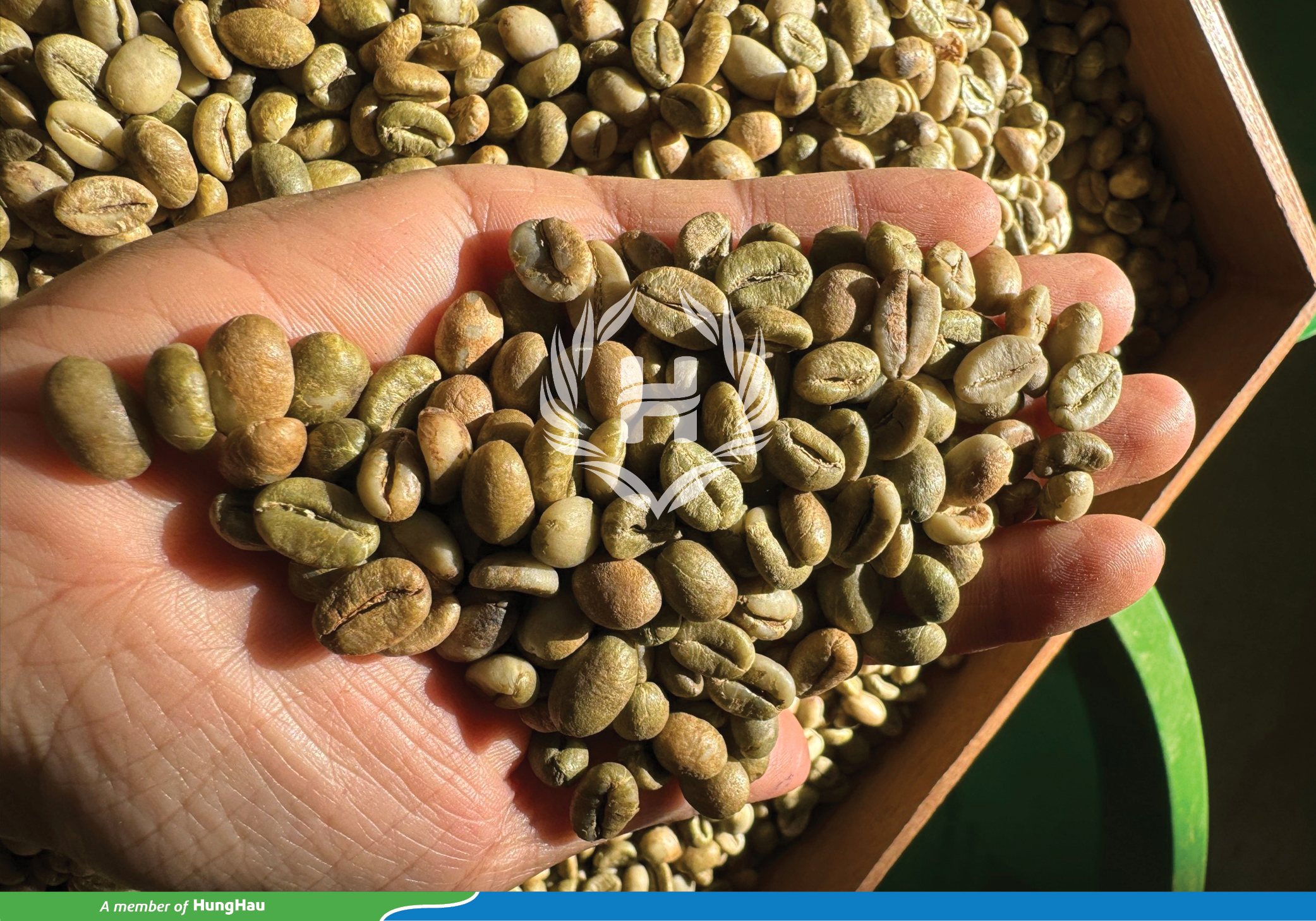Robusta slightly recovered, and Arabica continued to decrease to the lowest level in 1 week. Domestic coffee prices today fluctuated between 117,500 and 118,500 VND/kg after a sharp decline, but the market did not have much goods left to trade.
Early morning of September 4, in the US market, the US Dollar Index (DXY) measuring the fluctuations of the greenback with 6 key currencies (EUR, JPY, GBP, CAD, SEK, CHF) increased by 0.12%, reaching 101.77.
Immediately after returning to trading after a 3-day break, coffee on the New York floor continued to decrease, while Robusta only increased sharply at the beginning of the session but was then pulled down by the Arabica floor.
Arabica coffee prices on the New York floor continued to decrease due to rainy weather in coffee-growing areas of Brazil and the recovery of the USD. Certified grade Arabica coffee holdings in New York rose by 7,683 bags on Aug. 30 to 847,873 bags.
The dollar rose to a two-week high against the euro as traders braced for a data-packed week, including a U.S. payrolls report later this week that could help shape the path of the Federal Reserve’s interest rate cuts.
The recent surge in Robusta prices has narrowed the premium on Arabica, according to experts. Last week’s premium was the smallest in data going back to 2008, according to data compiled by Bloomberg.
Arabica was only 28 cents/lb higher than Robusta, compared with 91 cents/lb before the rally. Last week, Arabica coffee prices surged to a 13-year high, and Robusta prices soared to a new record high, above $5,000 a tonne, on concerns about excessive drought in Brazil.
According to the Cemaden disaster monitoring center, Brazil is facing its worst drought since 1981. The current time in Brazil, which marks the end of winter, is forecast to be normal for the season, with temperatures expected to gradually increase in the coming days as winter passes.
This is the time when industry insiders are closely monitoring the weather in Brazil’s main coffee-growing regions in the coming weeks. The question now is whether coffee prices will continue to rise. The answer to this question will require a combination of many factors.

For example, according to recent information from Food Navigation, Brazil is the world’s largest coffee producer, accounting for a third of global output. It is the largest producer and supplier of coffee to the EU, exporting over 980,000 tons to the bloc each year.
But that supply is under threat, with droughts in the region severely affecting crops. Of particular concern is the increased frequency and severity of extreme weather events in Brazil.
In addition, the new European Union Deforestation Regulation (EUDR) will play a key role in the future of coffee production in the short term. But there are also growing protests from coffee growers, who hope that a more holistic approach will help ensure the future of farmers and producers.
Meanwhile, the current global coffee supply is seen to continue to accelerate, with more coming from South America. Logistical barriers on the Asia-Europe route increase export costs and continue to limit intra-regional shipments from Asia.
Regarding the world’s No. 1 Robusta producer, according to statistics from the Ministry of Agriculture and Rural Development, in the first 8 months of 2024, Vietnam exported over 1 million tons of coffee worth more than 4 billion USD, down 12% in volume but up 36% in value.
In just 8 months, thanks to high coffee prices, export turnover was approximately the same as in 2023 (4.2 billion USD). Many industry experts believe that with coffee prices hovering around the current 5,000 USD/ton mark, in the remaining 4 months of 2024, coffee exports could easily reach 1.5–2 billion USD, and exports of this item would continue to set new records.
Robusta coffee prices are currently underpinned by market concerns that excessive drought in Vietnam will damage coffee trees and limit future global Robusta production.
Source: KTĐT.vn



 Tiếng Việt
Tiếng Việt